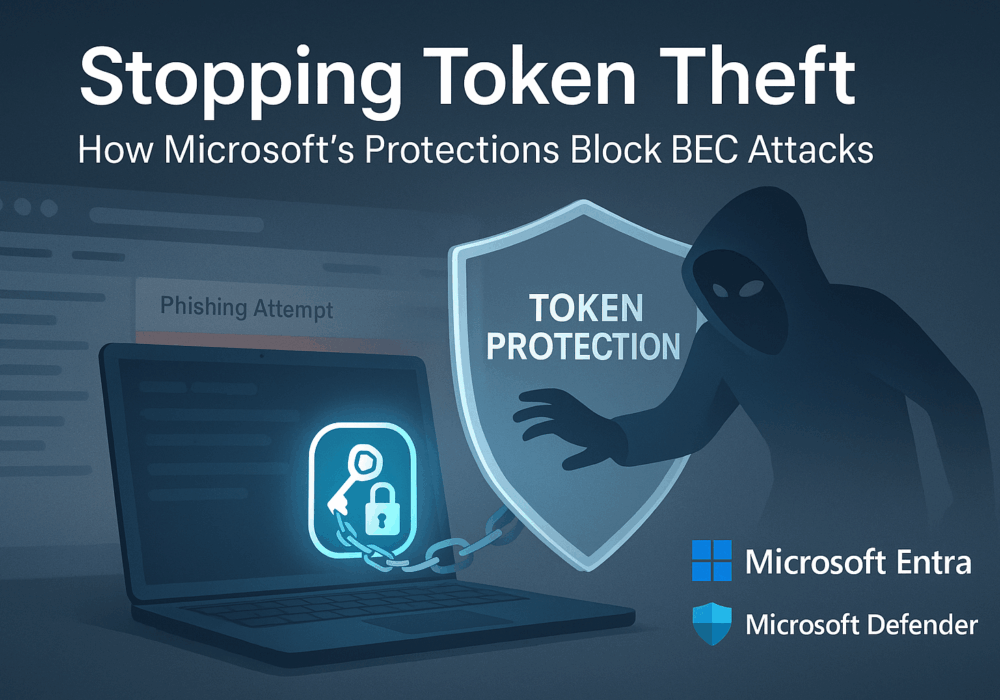Third-Party Risk Management (TPRM) is the process of identifying, assessing, and controlling risks presented throughout the lifecycle of your relationships with third parties. This oftentimes starts during procurement and extends all the way through the end of the offboarding process. Whether your company is large or small, it’s almost certain that you have business relationships with many third parties for specific types of operations. When operational data and confidential information are exchanged with third parties, that data and information are vulnerable to misuse and exploitation. This is where risk comes into the equation.
When third parties lack robust cybersecurity measures or compliance, building and maintaining a third-party risk management program is a crucial business decision. The process of Third-Party Risk Management (TPRM) involves identifying, assessing, and controlling all the risks that can occur over the entire lifecycle of your relationships with third parties.
The potential risks are numerous and can be reputational, strategic, managerial, and economical. More specific risks include data compromise, illegal use of information by third parties, the detrimental and damaging effects of non-compliance, and irregularities in supply chain management.
Third-party risk assessments are a crucial piece of a third-party risk management program. An effective third-party security assessment should act as a due diligence review of vendors to provide a snapshot of their current cybersecurity programs and policies. This is a proactive way to assess potential third-party risk and identify vulnerabilities or areas for improvement. In addition, it might be a good idea to have them participate in the same cybersecurity awareness program that your company is a part of so they are aware of the same risks your company is. They deal with all of your company data (that you give them access to) so its vital to ensure they have proper security measures in place.
Sources:
Additional Reading:
MSPs Should Require Risk Assessments
Related Terms:
Discover and share the latest cybersecurity trends, tips and best practices – alongside new threats to watch out for.

Welcome to our two-part blog series on Microsoft’s new email security enhancement now included in Office 365 P1...
Read more
"Being an MSP today is like wearing a neon sign that says, ‘Hack me! I’m the gateway to 100...
Read more
Ever had your phone suddenly lose service for no reason, followed by a flood of “reset your password”...
Read moreGet sharper eyes on human risks, with the positive approach that beats traditional phish testing.
